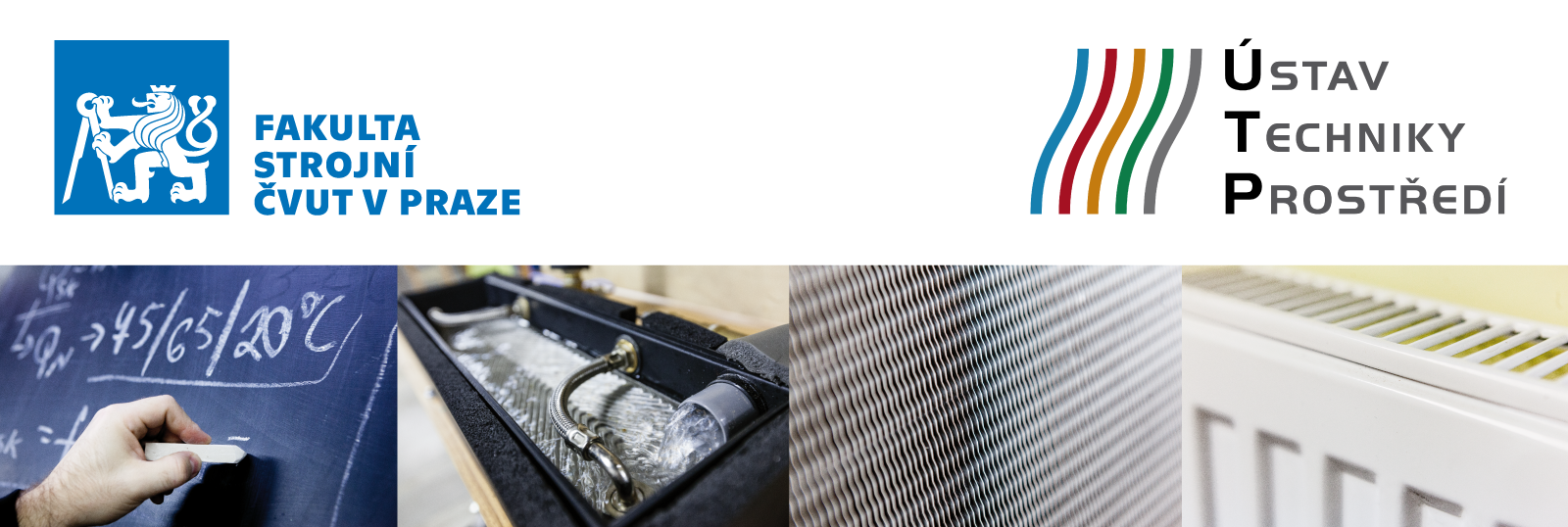Zelenský, P. ., Barták, M., Zmrhal, V. ., & Mázik, J. . (2022). Simulation-Aided Development of a Compact Local Ventilation Unit with the Use of CFD Analysis. CLIMA 2022 Conference. https://doi.org/10.34641/clima.2022.194
The current emphasis on the renovation of existing buildings to meet EU energy efficiency targets brings, in addition to energy savings and related CO2 reduction, also some negative issues. One of them can be the lack of fresh air supply caused by increased air tightness of the building envelope after its insulation and renovation or change of windows. The easy solutions are decentralized units for local ventilation, which can be installed during fast renovations in selected rooms without major building modifications. Controlled ventilation then ensures the delivery of a sufficient amount of fresh air to meet current standards and, at the same time, creates a healthy and comfortable environment for occupants. The paper demonstrates the practical use of CFD simulations for the development of a new type of compact small ventilation unit for local ventilation of rooms with heat and humidity recovery. An increase in the device efficiency and a reduction in acoustic power, while maintaining its very compact dimensions, were achieved with the help of the numerical study. The paper shows the possibility of using CFD analysis during the development of new HVAC appliances. It describes the preparation of the numerical model of the device, presents the simulation approach, including the calculation settings, and discusses device optimization based on variant numerical analyses in ANSYS Fluent. The initial prototype design of the unit was optimized following the findings from the numerical analysis, and it was verified by CFD study that the proposed adjustments were appropriate and that the expected results were achieved. In a separate CFD study, the use of different types of diffusers at the air outlet from the supply duct to the room was addressed. It was recommended to use adjustable nozzles, which allow one to direct the air flow into the room according to the user’s preference. Consequently, it was verified that the ventilation unit meets the hygienic noise limits, both for day operation and for night operation with reduced power.
